God In A Haiku
I must go begging
For water… morning glories
Have captured my well.
(Chiyo)
The first haiku I ever remember reading was in my poetry volume of Childcraft — The How and Why Library.
When I read it, I had no idea that a haiku is a 3-lined poem comprised specifically of 17 syllables, though often separated in lines one (5 beats), two (7 beats) and three (5 beats) that originated in Japan and is usually about nature.
I didn’t know any of this. I just knew I loved the way it made me feel. It certainly evoked emotion — even at the age of eight.
How cool cut hay smells
When carried through the farm gate
As the sun comes up!
(Boncho)
One more characteristic of the haiku is that it often includes juxtaposition — two contrasting images that create connection, despite difference.
Again, all this was unknown to me. I just loved the simplicity, which had a profound impact.
As I ponder this, I’m struck by the parallels of God in this form of poetry.
First, like this 3-lined form of poetry, He is triune — God the Father, the Son and the Holy Spirit.
Also, don’t we see Him all around us in nature — the created world speaking of His extraordinary character, even in the simplest of things that, when studied, are actually quite complex… like earthworms, for example?
Furthermore, like the haiku’s specific syllable count, God too is absolute — meaning He is complete, total, and compares to nothing. Still, He works and moves and has His being in the form of a loving yet judging wise Father, a humble servant Son and an ever-present Spirit.
He evokes emotion — bringing conviction and contrition, which leads to repentance; sometimes stirring up righteous anger; and filling us with joy, peace and love.
As for juxtaposition, God is omnipotent (all-powerful), omniscient (all-knowing) and omnipresent (all-present) — with no beginning or end. Yet, Jesus was born in a barn to a simple young woman; adopted by a humble carpenter; grew in the knowledge of His heavenly Father by spending time with Him and retreating to quiet places to pray; lived on the earth for a specific number of years, then died at the hands of murderers between two thieves and was buried. Most importantly, Jesus rose again — defeating death, which allows us to draw near to God directly — and is now seated at God’s right hand where he makes intercession on our behalf.
Contrasting images that create connection? Yes.
God in a haiku? Yes.
Precious Poetry —
Infant Word who spoke the world
Into form from void.
Thank you, Jesus, for being Poetry in all our impoverished places. How we love you!
Related Posts
4 Comments
Comments are closed.
Search
Subscribe to Blog via Email
Categories
- At Home (173)
- God's Word (180)
- His World (198)
- Uncategorized (5)

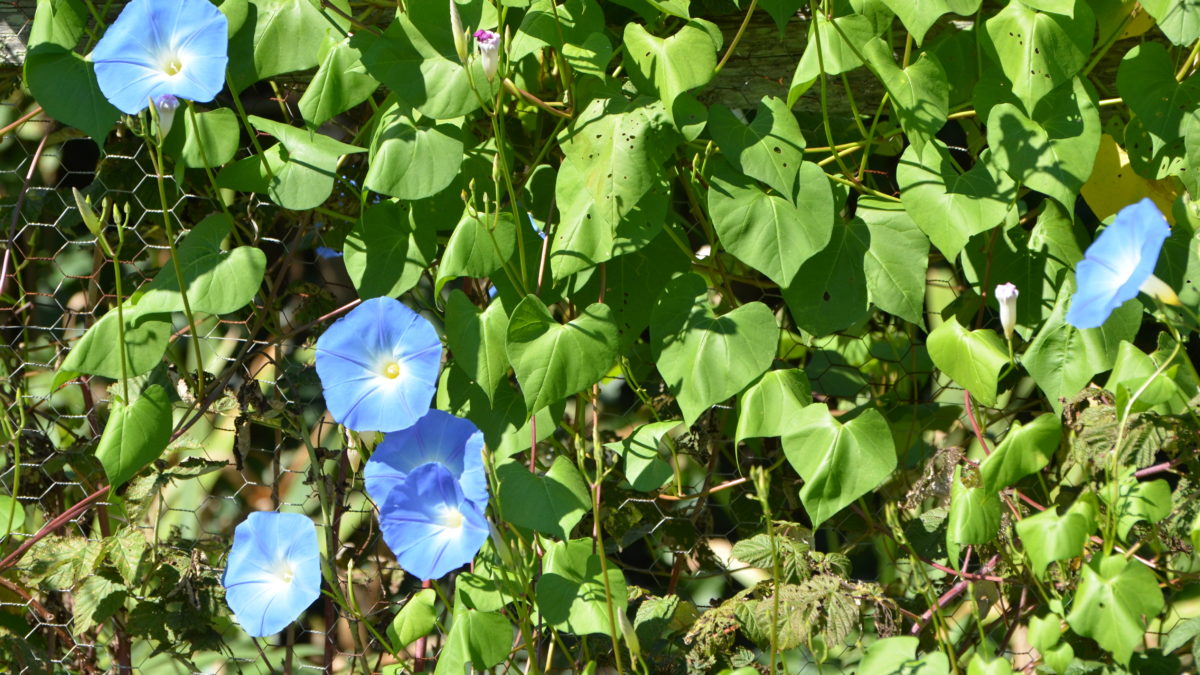
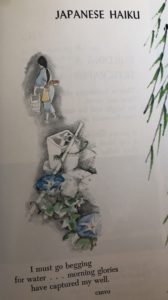
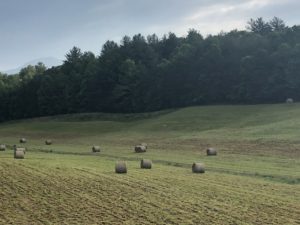
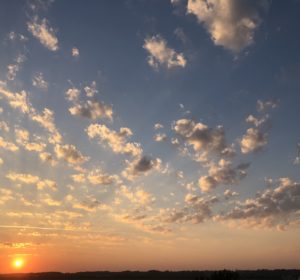
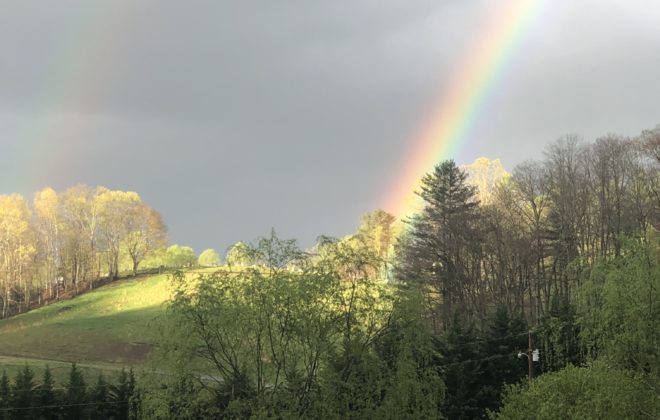
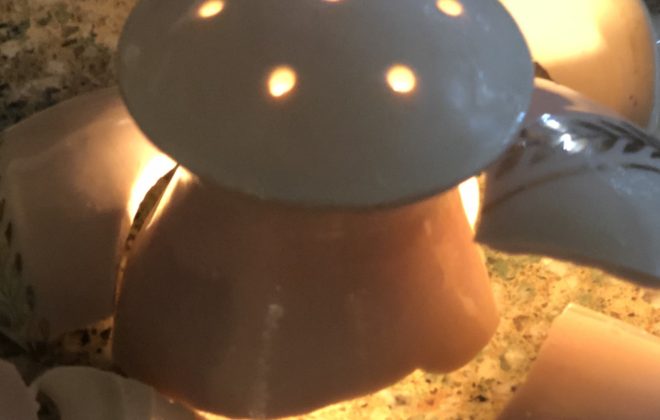

Maureen, this is just beautiful. Contrasting images that create connection is an idea that will stay with me for a long time. Thank you!
So many parallels if we have eyes to see… ears to hear. Thank you for your kind words, Maggie! <3
Awesome article !
Two lives are now joined
in the sight of one true God
three fold cord is formed.
Wow! So beautiful! Thank you for your love!! I love you! <3